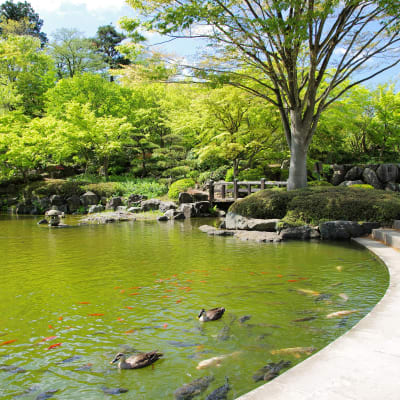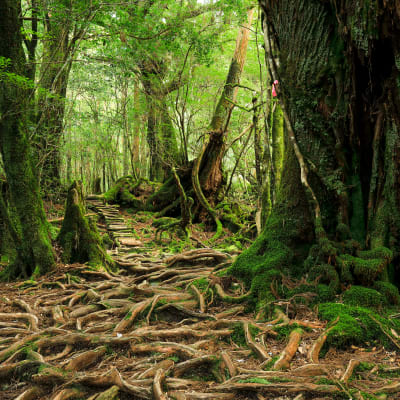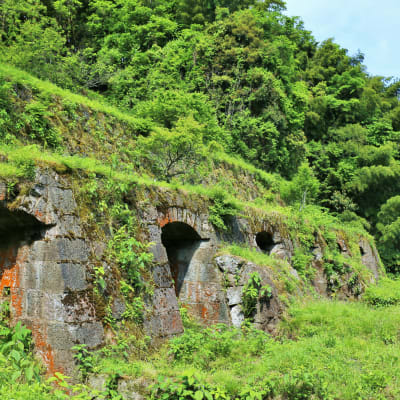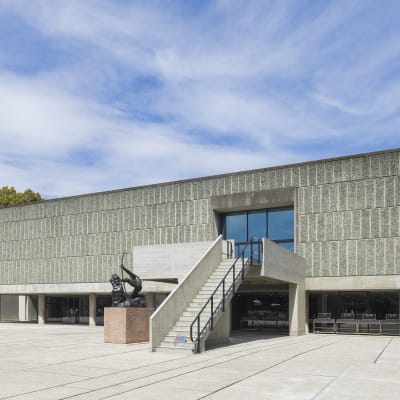Built in the late 19th century, Tomioka Silk Mill helped to transform the country into an industrial powerhouse
Located in Gunma Prefecture, northwest of Tokyo, Tomioka Silk Mill & Related Sites is comprised of four sites that showcase each phase of silk production. Visiting Tomioka Silk Mill (one of the four sites), you'll learn about Japan's push towards rapid modernization in the 19th century, in which the country aspired to be a major industrial nation. The site was added to the UNESCO World Heritage list in June 2014.
Highlights
- Uncovering what was one of the world's largest silk-reeling mills in its day
- Viewing the timber-framed brick construction style of the structures, which are the only remaining large-scale buildings built in this style in Japan
- Seeing the exterior ot the colonial-style home of Paul Brunat—the Frenchman hired to supervise production at the factory
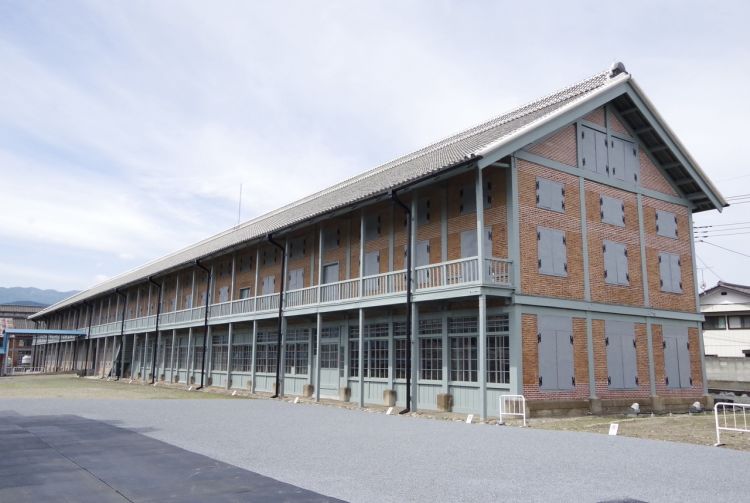
Explore the mill's expansive grounds
The Tomioka Silk Mill includes a reeling factory, cocoon storehouses, and residences for the factory workers, with the entire facility measuring approximately 53,000 square meters. The site's importance stems from its status as one of the first major industrial facilities built during the Meiji Restoration, in which Japan opened up to global trade and embraced Western-style institutions and manufacturing techniques.
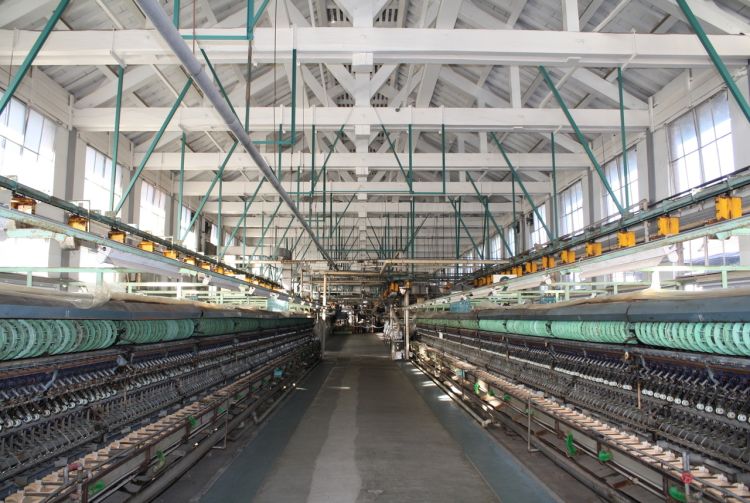
Learn about the connections between France and Japan
At the time, silk was a highly sought-after fabric around the world, so the mill hired a Frenchman, Paul Brunat, to oversee production. With much of France's silk production in a catastrophic state due to a silkworm epidemic, Japan was in a ripe position to enter the market. This symbiotic relationship between France and Japan marks an important foundation for Japanese-French relations.
A catalyst for women in the workplace
The mill also presented a chance for women to take on a more active role in society. Young women flocked to the mill for work for the good benefits, eight-hour work days, and Sunday holiday. Their employment provided on-site housing, medical services, and offered night school where they could learn how to read, write, use an abacus, and sew. Many of these women would return home with these newly acquired skills, taking on supervisory roles in the silk industry of their hometowns.
How to Get There
The Tomioka Silk Mill is located in Gunma Prefecture, northwest of Tokyo. From Tokyo Station, take the Joetsu Shinkansen to Takasaki Station. Then transfer to the Joshin Dentetsu Line and ride to Joshu-Tomioka Station. From there, the mill is a 10-minute walk away. The entire trip takes approximately one hour and 45 minutes.























































